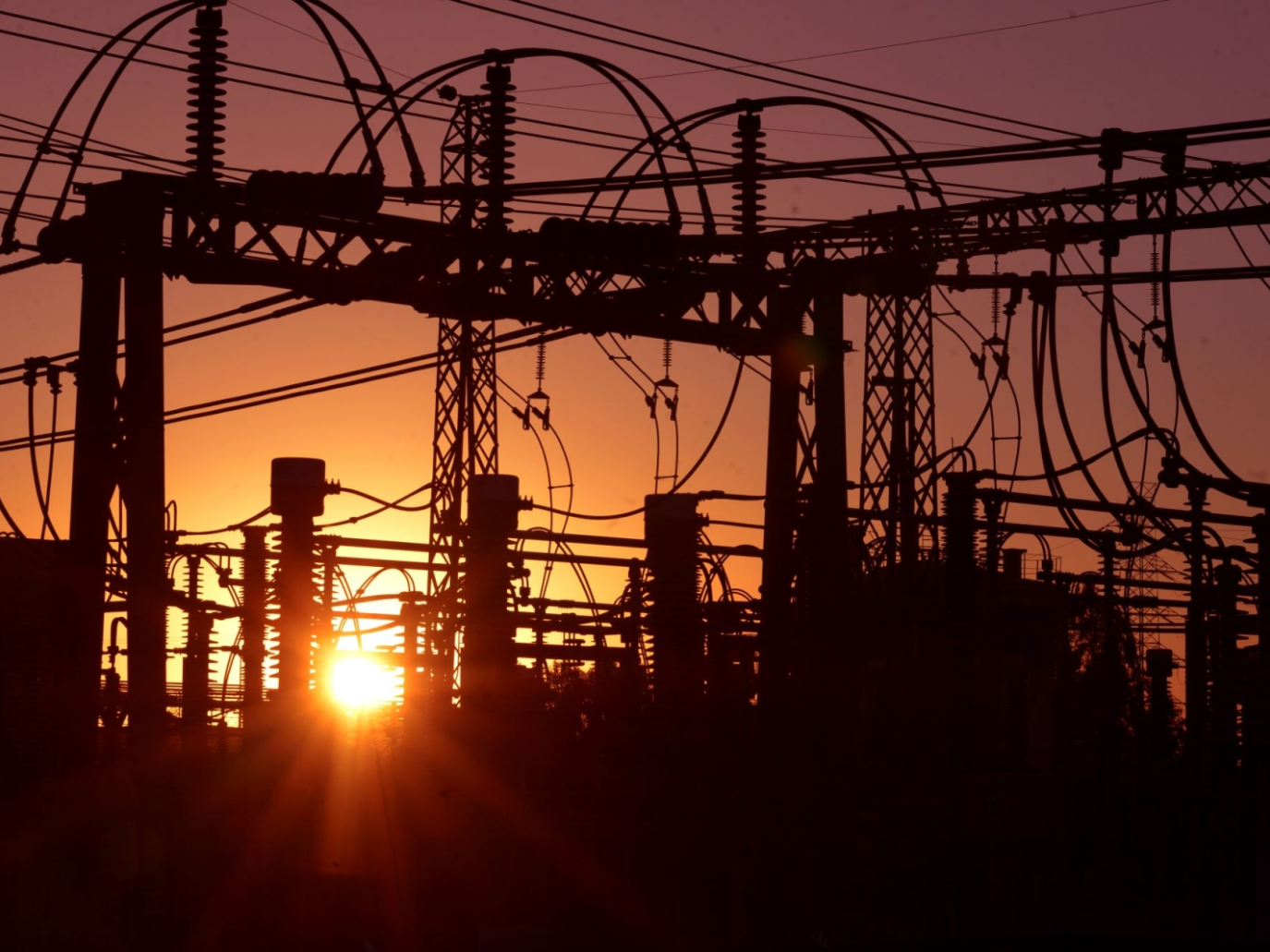Measure their own circularity and double it by 2030 by taking action through ecodesign, reuse, life extension, and asset and material recovery. These are the goals of Enel Group, which during the 2023 World Economic Forum in Davos presented Economic CirculAbility, a new KPI developed by the energy multinational to link economic performance (the Group’s EBITDA) with the amount of resources consumed across the entire value chain.
But what is the strategy to reduce raw material consumption? “The principles to follow are relevance and materiality. It is vital to prioritise projects that relate to the company’s core business and whose impacts are quantifiable and supply chain-focused,” explains Fernanda Panvini, Head of Sustainability Initiatives and Circular Economy at Enel Italia.
These are some of the main areas of action: dismantling and repowering in the realm of energy generation, grid mining and the reuse of Personal Protective Equipment (PPE).
Dismantling and repowering in the context of energy generation
The closure and conversion of energy plants offer great opportunities. Both in the case of thermoelectric plants and in the end-of-life management of renewable plants, considerable quantities of materials and equipment are generated during dismantling and repowering that Enel aims to recover. Infrastructure-related materials, such as concrete or excavation rubble are used on-site, where possible, for reinstatement activities or are otherwise sent to be recycled and then sold as secondary raw materials.
Regarding the equipment used within the plants (turbines, machinery for mobility and logistics, electronic equipment, pumps, etc.), these can follow various paths, depending on the context and the type of equipment and material. “The first thing is to see if the object itself, to avoid downgrading, can be directly reused in another Enel plant, considering the proximity criteria both in Italy and abroad. Meanwhile, through the New Life project, we recover functioning components that can be used by other companies for other purposes from equipment and machinery that are at their end-of-life.
Another interesting project concerns so-called additive manufacturing. Thanks to 3D printing, we can autonomously repair even sizeable components, prolonging their lifespan. We are also using this technique for our geothermal plants” Panvini continues.
Grid Mining
In line with its decarbonisation journey, Enel aims to deploy grid mining to recover precious metals (primarily copper and aluminium) and other materials and devices from obsolete infrastructure, with the aim to reduce environmental impacts to a minimum and boost the role of the circular economy in the context of local manufacturing activities. “The use of regenerated materials also promotes the reduction of CO2 emissions linked to the extraction and processing of materials and contributes to reaching the 15% target for the use of regenerated materials (secondary raw materials) in European products by 2030,” notes Panvini.
New life for Personal Protective Equipment
“As Enel Italia, we have also started to consider our internal processes as consumers. Given the large quantities at play, we have tried to find solutions to recover the materials that make up our Personal Protective Equipment. After a few years, hard hats, footwear, and some types of garments become worn or literally “expire”, losing the specific properties for which they were designed, such as resistance to high voltage or fire. We are responsible for the end-of-life management of these products, avoiding disposal, even though we are not the manufacturers”, Panvini concludes. “We are testing the possibility of using secondary raw materials from footwear to create shock-absorbing paving for office or urban park environments. Textile material from overalls could instead be used to make sound-absorbing panels for construction work.”
This article is also available in Italian / Questo articolo è disponibile anche in italiano
Image: Enel



